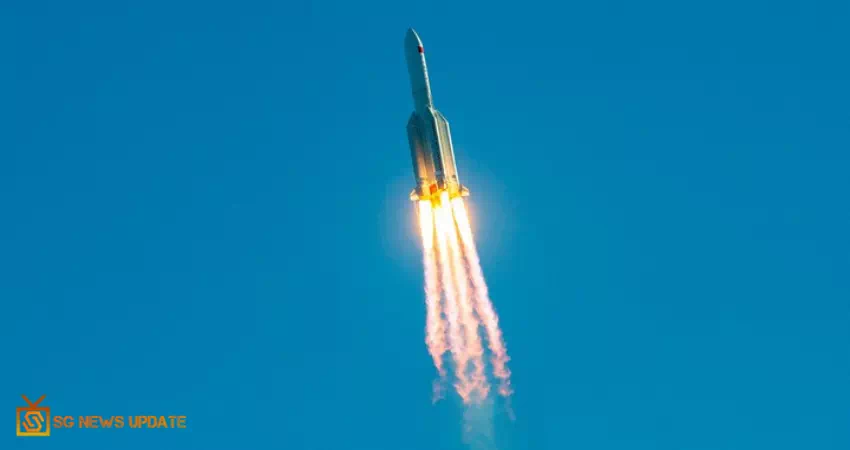
NASA has bludgeoned China for its inability to "satisfy capable guidelines" after trash from its uncontrolled rocket probably leaped into the Indian Ocean Saturday night.
"Spacefaring countries should limit the dangers to individuals and property on Earth of reemergence of space objects and amplify transparency with respect to those activities," said NASA Administrator Sen. Bill Nelson in a proclamation delivered on the space agency's site Sunday. "China is neglecting to satisfy responsible guidelines with respect to their space debris," he added.
A large portion of the colossal Long March 5B rocket, be that as it may, wrecked on reemerging the atmosphere, the China Manned Space Engineering Office said in a post on WeChat, prior to landing only west of the Maldives. It was unclear if any flotsam and jetsam had arrived on the atoll country. The US Space Command said the Long March 5B had reappeared Earth over the Arabian Peninsula.
The rocket, which is around 108 feet tall and weighs almost 40,000 pounds, had dispatched a piece of another Chinese space station into space on April 29. After its fuel was spent, the rocket had been left to plunge through space uncontrolled until Earth's gravity hauled it back to the ground.
By and large, the worldwide space community attempts to keep away from such situations. Most rockets used to lift satellites and different articles into space direct more controlled reemergence that focus on the sea, or they're left in alleged "graveyard" orbits that save them in space for quite a long time or hundreds of years. Yet, the Long March rocket is planned such that "leaves these large stages in low orbit," said Jonathan McDowell, an astrophysicist at the Astrophysics Center at Harvard University. For this situation, it was difficult to be sure precisely when or where the booster would land.
The European Space Agency had anticipated a "risk zone" that incorporated "any segment of Earth's surface between about 41.5N and 41.5S latitude" — which included for all intents and purposes the entirety of the Americas south of New York, all of Africa and Australia, parts of Asia south of Japan and Europe's Spain, Portugal, Italy and Greece. The danger to populated places of land was not insignificant, but rather luckily by far most of Earth's surface territory is devoured by seas, so the chances of keeping away from a disastrous spat were thin.
The rocket is perhaps the biggest article in ongoing memory to strike the Earth subsequent to dropping out of orbit, following a 2018 occurrence in which a piece of a Chinese space lab separated over the Pacific Ocean and the 2020 reemergence of a 18-metric-ton Long March 5B rocket.
Regardless of late endeavors to all the more likely control and moderate space trash, Earth's circle is covered with a huge number of bits of uncontrolled garbage, the greater part of which are more modest than 10 centimeters. Articles are continually dropping out of orbit, however most pieces burn up in the Earth's climate prior to getting an opportunity to have an effect on a surface level. In any case, portions of bigger articles, similar to the Long March rocket in this occurrence, can endure reemergence and can damage structures and individuals on the ground.
"Standards have been set up," McDowell said. "There's no worldwide law or rule — not much — yet the act of nations all throughout the planet has been: 'Definitely, for the greater rockets, we should not leave our garbage in orbit along these way.'"
Coming Soon...!
Comments (0)